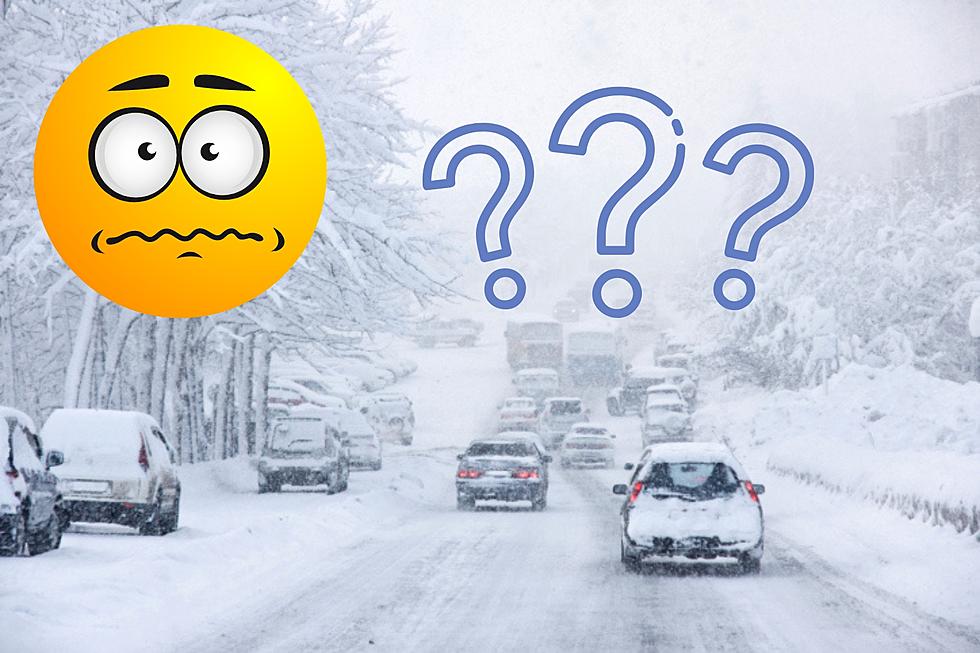
The Farmer’s Almanac Predicts How Michigan’s Bizarre Winter Will End
You have to admit, this Michigan winter has been a piece of cake. We've only had one major snowstorm and that was back in late December. If you remember, we got hammered with snow but it was gone in a matter of days.
Between now and mid-March is usually when we get one final pounding of snow from Mother Nature. However, I'm starting to doubt that will be the case this year.
Even though I don't put a lot of Faith in the Old Farmer's Almanac, it looks like they're not predicting anything too crazy before spring hits.
What Does the Farmer's Almanac Predict for February?
From now until February 25, the Farmer's Almanac long-range forecast is calling for lake snow on the east and flurries to the west with cold temps.
From February 26-28, the long-range forecast is calling for sunny skies and cold temps.
The average temp for February is 21 degrees.
They definitely didn't predict the average temp correctly as we've been seeing temps mainly in the 30s, 40s, and even 50s this week.
As I mentioned before, I'm not always on board with the Old Farmer's Almanac simply because their predictions are so vague, and well, predictable. I mean it's easy to predict that winter will be cold and snowy.
What Does the Farmer's Almanac Predict for March?
- March 1-4 Sunny and cold
- March 5-21 Periods of rain and snow, chilly
- March 22-27 Isolated showers, mild
- March 28-31 Rainy periods, cool east, warm west
The average temp will be 37 degrees.
So, the folks at Farmer's Almanac are predicting March will be cold, chilly, warm, mild, sunny, rainy, and snowy. Well, that pretty much sums up almost every possibility. Heck, I could have predicted that nonsense.
How Does the Farmer's Almanac Predict Weather?
According to Farmer's Almanac, their formula takes into consideration things like sunspot activity, tidal action of the Moon, the position of the planets, and a variety of other factors. I don't know, the whole thing sounds like hocus pocus to me.




